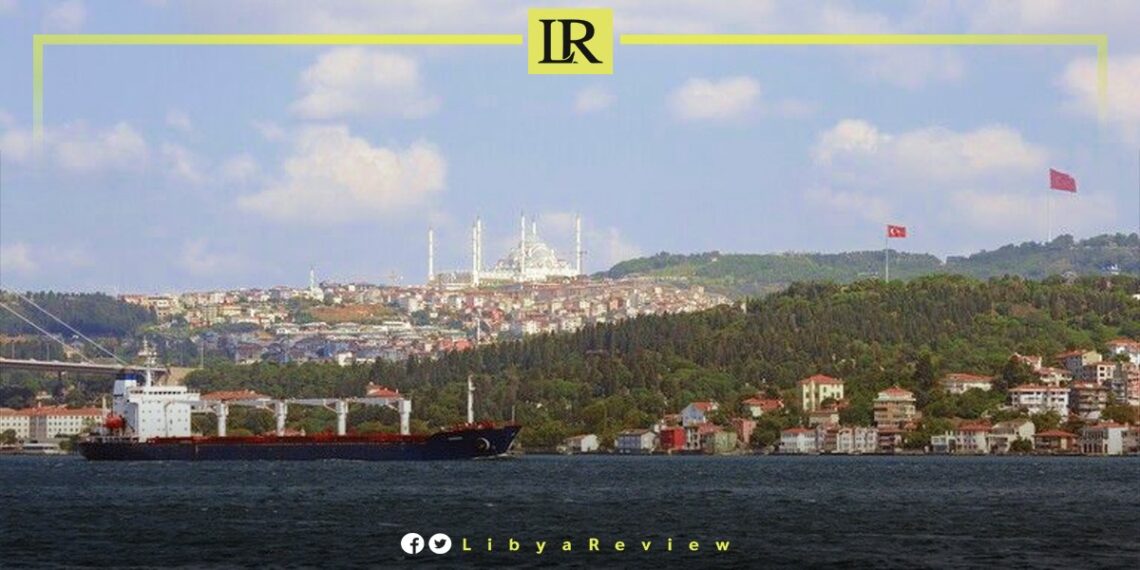In a maritime incident off the coast of Istanbul, the Libyan passenger vessel KEVALAY QUEEN collided with the Tanzanian-flagged cargo ship CAPTAIN ADAM 1 in the Sea of Marmara, near Yenikapi.
According to reports from TRT Haber, the collision happened on Friday, causing damage to both ships but fortunately resulting in no injuries.
The KEVALAY QUEEN, stretching 147 meters in length, and the 103-meter-high CAPTAIN ADAM 1 were both towed to the Ahirkapi dock following the incident. The swift and effective response from the maritime authorities ensured the safety of all aboard and prevented any further escalation of the situation.
This incident has brought to light the KEVALAY QUEEN’s role in reconnecting Libya and Turkey through maritime routes. The ship has been offering regular sea voyages between the Libyan city of Misrata and various Turkish ports since the end of 2021. It marked the resumption of a service that had been suspended for a quarter of a century.
The seamless continuation of these voyages underscores the importance of maritime connections in fostering trade and cultural exchanges between nations, even in the face of unforeseen challenges.
These routes play a crucial role in trade, cultural exchange, and personal travel, having been inactive for 25 years. The historical and economic context of these maritime connections highlights their importance and the impact of their restoration.
The Sea of Marmara serves as a key maritime corridor, linking the Black Sea with the Aegean Sea via the Bosporus and Dardanelles straits. This area’s heavy maritime traffic makes it prone to navigational risks, including potential collisions. Understanding the challenges of shipping in this congested waterway is crucial for grasping the complexities of maritime navigation in the region.
An examination of both international and local maritime safety regulations reveals the preventative measures in place to avoid incidents like the collision involving the KEVALAY QUEEN. The role of Turkish maritime authorities in managing and responding to such accidents is a critical aspect of maintaining safety within their waters.


